Morocco is fast becoming a global force in the export of fruits and vegetables, placing among the top three fastest-growing agricultural exporters worldwide, according to a new report by EastFruit.
While many nations contend with worsening climate conditions, Morocco is turning adversity into opportunity. The North African nation is proving that innovation and sustainability can drive agricultural success even in the face of prolonged drought.
From Survival to Strategy
What sets Morocco apart is a shift in mindset—from coping with challenges to strategically overcoming them. The country’s transformation in agricultural management has been deliberate, according to Andriy Yarmak, an economist with the UN’s Food and Agriculture Organization (FAO).
“Morocco doesn’t work off short-term fixes,” Yarmak said. “There’s a deep-rooted vision that balances sustainability with long-term market growth.”
This vision is playing out on farms nationwide, where sustainability officers are increasingly taking on formal roles in leading agricultural firms, shaping eco-conscious policies while maintaining competitiveness.
Farming Against the Odds
In areas where rain hasn’t fallen for months, Morocco continues to harvest crops for export. Technologies like precision irrigation and climate-smart agriculture have enabled farmers to grow and distribute produce that meets international standards, despite extreme water scarcity.
Soil conservation, efficient harvesting, and modern storage facilities are reinforcing Morocco’s export reliability, the report noted.
Tomatoes Thrive, Berries Boom
Tomatoes are leading the surge. Annual exports have hit 690,000 tons—up 19/percent from the previous year—driven by modernized cultivation in sun-drenched regions such as Souss-Massa. According to the Delassus Group’s deputy CEO, Fatiha Charrat, over half of the country’s tomato exports now consist of non-round varieties, reflecting changing market preferences.
Other success stories include avocados, cucumbers, and peppers. But it’s the berry sector, especially blueberries, that is making international waves. In just five years, blueberry exports have tripled, with Moroccan berries now appearing on premium supermarket shelves worldwide.
Targeting Asia’s Growing Demand
Morocco is also looking east. Backed by a joint initiative between the FAO and the European Bank for Reconstruction and Development (EBRD), the country will soon send a trade mission to Southeast Asia. The aim is to connect Moroccan growers with markets in Singapore, Malaysia, and beyond.
This push is supported by a public-private partnership model. The FAO will focus on product quality and accessibility, while the EBRD provides the financial muscle to sustain the momentum.
Morocco’s climb in the global agricultural rankings reflects more than just increased volumes—it signals the rise of a new model of African resilience, innovation, and economic strategy.


